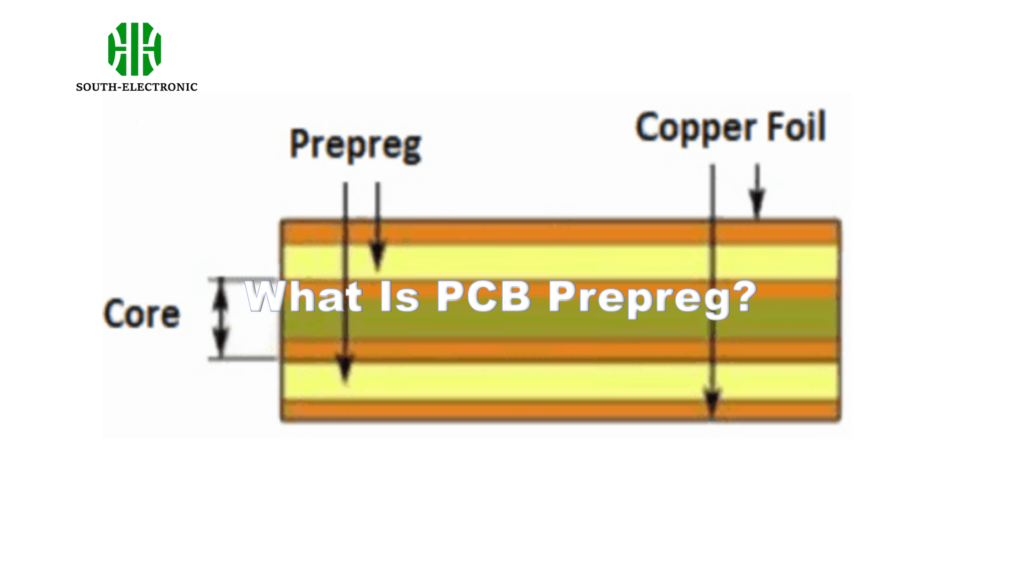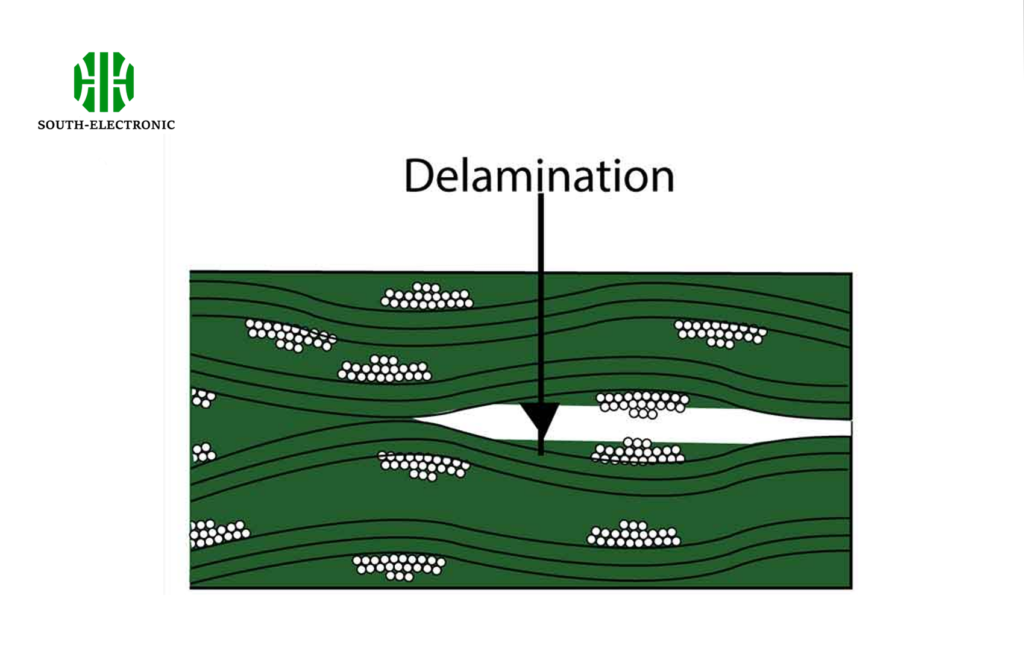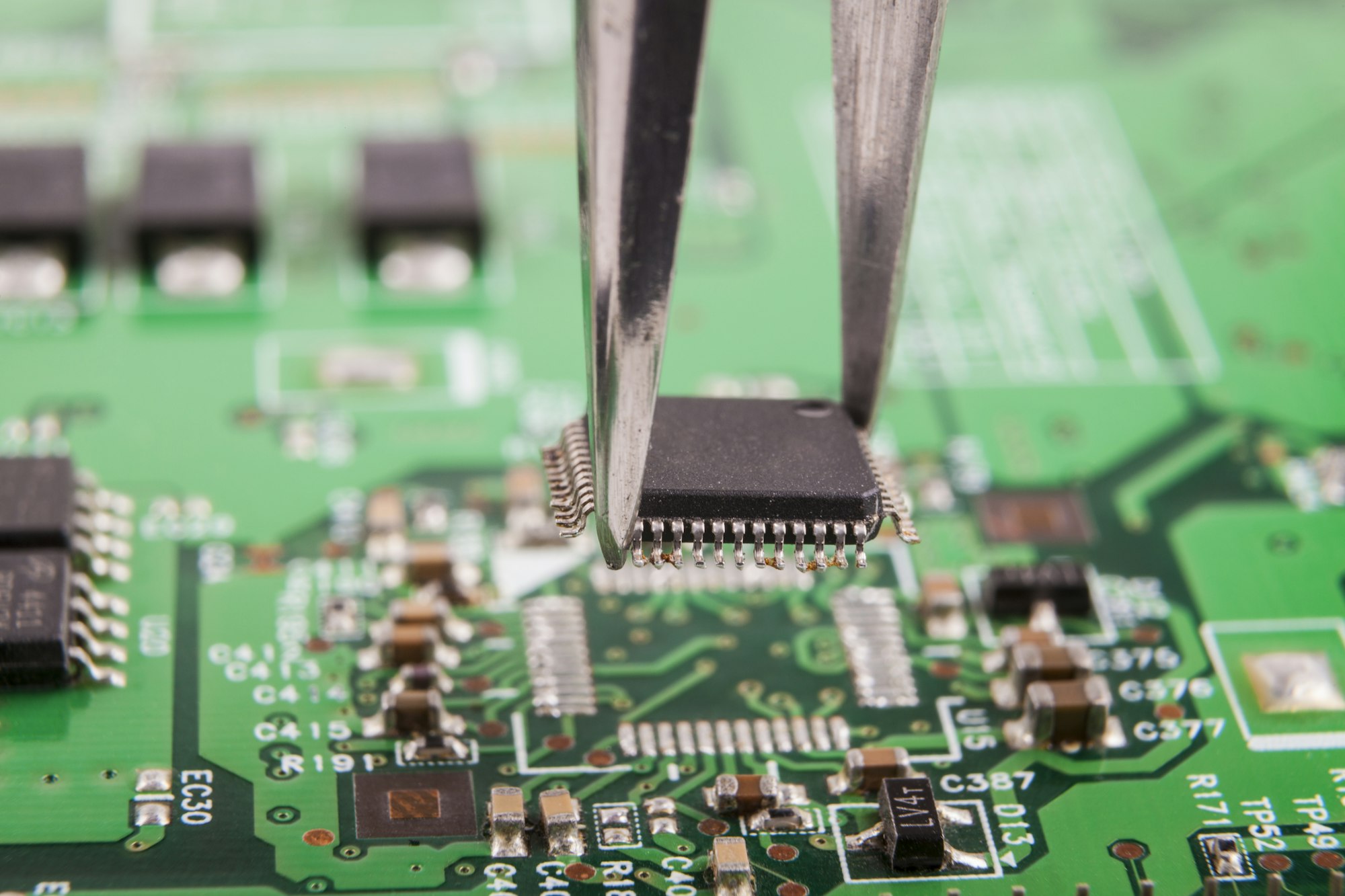Ever stare at PCB layers feeling confused? I’ve torn apart boards mid-design due to material mix-ups. Don’t let misunderstood fundamentals ruin your stackup. Get this right first.
Core is your PCB’s rigid backbone – a solid fiberglass-epoxy laminate with etched copper traces. Prepreg acts like flexible glue – a partially cured resin sheet bonding cores together during lamination. Cores form base circuits; prepreg fuses layers without conductive elements.

Multilayer boards fail without this harmony. Understanding how both interact unlocks reliability. Below we break down three critical questions every designer faces:
What is the purpose of prepreg?
I’ve seen prototypes delaminate from basic prepreg oversights. That sticky sheet? It’s holding your entire board together. Misjudge its role and layers peel apart.
Prepreg bonds PCB cores through controlled heat/pressure activation. Its semi-cured resin liquefies during lamination, this fills gaps between layers, solidifies into insulation, and creates mechanical integrity. Core provides structure; prepreg enables multilayer construction.

How Prepreg Transforms During Fabrication
Prepreg’s performance evolves through three distinct stages:
| Stage | Physical State | Function |
|---|---|---|
| Manufacturing | Dry = glass reinforcement embedded in semi-cured resin | Shelf-stable storage & shipping |
| Lamination | Melted flow = 120-180°C activation | Covers surface irregularities |
| Post-Cure | Solid = Fully cross-linked resin | Binds cores permanently |
During heating, resin viscosity drops dramatically. This fluid state allows it to penetrate copper trace crevices. Think of laminate pressure forcing the resin through glass fibers – like squeezing honey through mesh. If flow is excessive, resin bleed occurs; if insufficient, voids form. Thickness control matters hugely: thin prepreg risks electrical shorts between layers, while thick layers cause impedance mismatches. Selecting appropriate resin content (RC%) directly impacts dielectric and thermal expansion properties.
How to Choose PCB Prepreg?
I wasted weeks combating signal loss in my first RF board – poor prepreg choice crippled performance. Choosing randomly invites thermal disasters and signal noise.
Match prepreg to core material FIRST. Then evaluate resin content, thickness, thermal/mechanical needs, and signal loss targets with your fabricator. Higher resin content fills gaps better but increases moisture risk.

Key Selection Factors & Solutions
| Selection Factor | Danger of Wrong Choice | Strategy |
|---|---|---|
| Glass Transition Temp (Tg) | Board cracks under thermal cycling | Choose higher Tg when solder ops exceed 250°C |
| Dissipation Factor | Signal integrity loss in >2GHz designs | Low-DF prepregs (e.g. FR408HR) |
| Coefficient Expansion (CTE) | Copper trace fractures | Match CTE with copper foil |
| Flame Rating | Violates UL safety certs | Verify UL94-V0 compliance |
Impedance varies with prepreg thickness – even 0.05mm deviation skews high-speed signal timing. Your test vehicle matters: identical prepregs behave differently under high-voltage versus flex-RF designs. Always request manufacturer datasheets documenting dielectric constant (Dk) stability across frequencies. Production calamities occur when prototypes use cheap FR4 prepreg but mass production switches to halogen-free variants without impedance recalculations.
Can Wrong Prepreg Selection Cause PCB Delamination?
A medical device client lost $200k because their boards flowered apart. That horror came from ignoring prepreg-glass compatibility. Yes – wrong prepreg guarantees delamination.
Incompatible prepreg causes blistering under thermal stress. Bonding failure happens when resin flow/expansion characteristics mismatch neighboring materials. Manufacturer data sheets prevent this catastrophe.

Delamination Triggers and Mitigations
| Cause | Failure Mode | Prevention Action |
|---|---|---|
| Moisture Retention | Layer separation at reflow temps | Bake prepreg before lamination |
| Low Tg Resin | Bulging around components | Choose prepreg Tg above soldering peak |
| CTE Misalignment | PTH barrel cracks | Pair core/prepreg from same manufacturer |
| Insufficient Flow | Voids creating air pockets | Increase pressure during bonding |
Moisture is a stealth killer. I store prepreg in vacuum-sealed bags with desiccant after seeing condensation bubbles rupture assembled boards during reflow. Voids similarly act as failure points: drill a via through an air pocket and copper adhesion vanishes. Conduct peel tests on sample coupons – 4 lb/in minimum pull strength for consumer electronics. Trust me: skipping material audits leads to warranty disasters.
Conclusion
Never confuse prepreg with core. Prepreg bonds; cores conduct. Smart material selection prevents delamination and ensures signal integrity – essential for reliable electronics.



